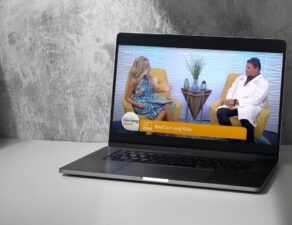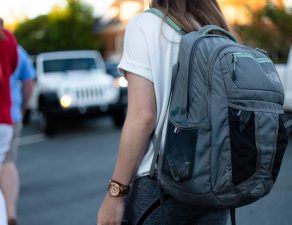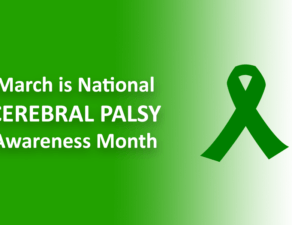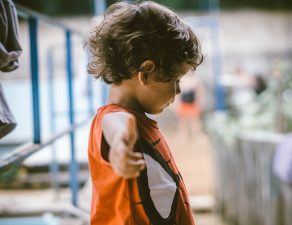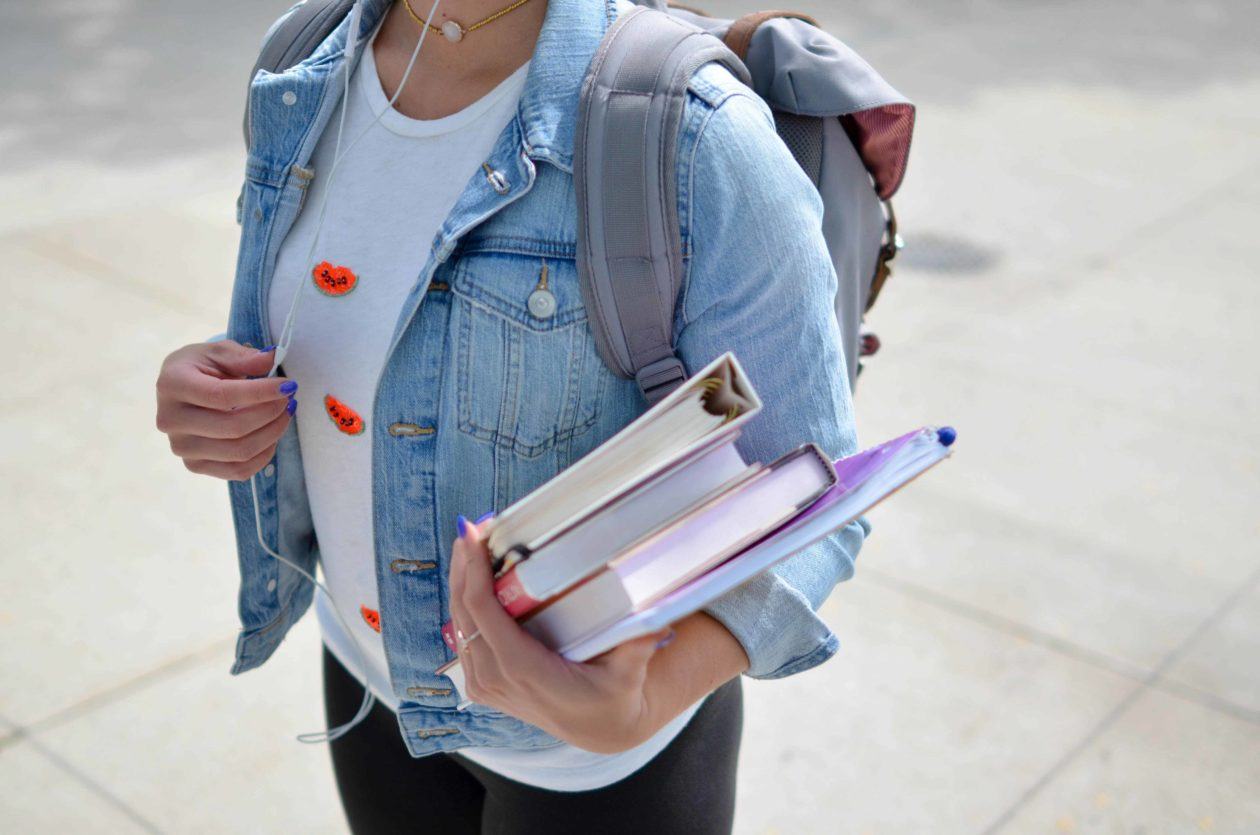
TAMPA, Fla. – As children begin gearing up for the new school year, a Tampa Bay pediatric orthopedic surgeon is warning parents about the dangers associated with the weight of children’s backpacks.
Dr. David Siambanes, director of the Children’s Scoliosis Center at St. Joseph’s Children’s Hospital in Tampa, suggests for parents to be mindful of the importance of selecting appropriate backpacks for their children, and to be cautious of the weight of their backpacks.
Research has shown that heavy backpacks can lead to back pain and potential spinal complications.
The research did not track long-term back injuries resulting from backpacks, but studies have shown that adults with severe back problems often had back pain as adolescents.
Siambanes suggests these helpful tips when deciding on how a child should carry school materials:
- Use rolling backpacks.
- Choose backpacks ending above the waist, with padded shoulder straps and a belt.
- Wear backpacks on both shoulders.
- Make sure the shoulder straps are snug.
- Place heavier books closest to the back.
- Students should bend their knees when lifting the backpack.
- Get a second set of schoolbooks to keep at home.
- Students should carry only what’s necessary each school day.
- If possible, see if textbooks are available on an iPad or Tablet to eliminate the weight of a text book.
- Consider carpooling or ensuring your child has a ride to and from school to minimize the time they have to wear their backpack.
“If your child is experiencing back pain, it is important to consult with your doctor to determine if the pain stems from something as simple as a heavy backpack or from something more severe, like the onset of scoliosis,” said Siambanes.
Symptoms of scoliosis can include elevated shoulder blades, lopsided hips, elevated waist, leaning posture, or a prominent hump in the back. Scoliosis can be found in infants, but it most commonly arises during middle to late childhood.

